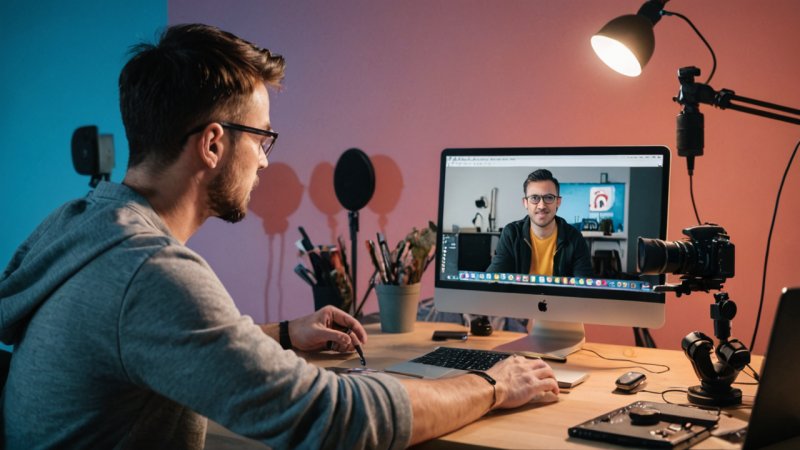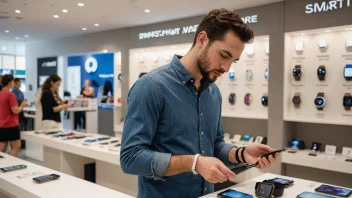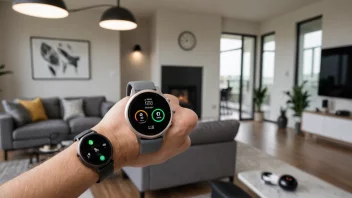Introduction
In today’s digital age, live streaming events have become an essential way to engage with audiences, whether for personal use, gaming, webinars, or professional conferences. This article will guide you through the essential steps to set up your live streaming event effectively, ensuring you reach your audience seamlessly and create an engaging experience.
Step 1: Define Your Goals
The first step in planning your live streaming event is to clearly define your goals. Ask yourself:
- What is the purpose of the event?
- Who is your target audience?
- What message do you want to convey?
By answering these questions, you will create a focused approach to your event.
Step 2: Choose the Right Platform
There are numerous platforms available for live streaming. Some popular options include:
- Facebook Live - Great for reaching social media audiences.
- YouTube Live - Ideal for larger audiences and discoverability.
- Twitch - Perfect for gamers and interactive streams.
- Zoom - Excellent for webinars and professional meetings.
Select a platform that aligns with your audience and event goals.
Step 3: Gather Your Equipment
Investing in the right equipment can significantly enhance your streaming quality. Consider the following essentials:
- Camera: A good quality webcam or DSLR camera.
- Microphone: An external microphone for clear audio.
- Lighting: Softbox lights or ring lights to improve visibility.
- Streaming Software: Tools like OBS Studio or Streamlabs for managing your stream.
Ensure your equipment is set up and tested before the event.
Step 4: Create Engaging Content
Content is king when it comes to live streaming. Develop a clear outline for what you will present. Here are some tips:
- Interactive Elements: Incorporate polls, Q&A sessions, or live chats to engage viewers.
- Visual Aids: Use slides, videos, or graphics to support your message.
- Practice: Run through your presentation multiple times to ensure smooth delivery.
Engaging content will keep your audience interested and involved.
Step 5: Promote Your Event
To maximize attendance, promote your event through various channels:
- Social Media: Use platforms like Twitter, Instagram, and LinkedIn to spread the word.
- Email Newsletters: Send reminders to your subscribers to generate interest.
- Online Communities: Share your event in relevant forums or groups.
Effective promotion is key to attracting viewers to your live stream.
Step 6: Go Live and Engage with Your Audience
On the day of the event, ensure everything is set up at least an hour in advance. When you go live:
- Introduce yourself and the event.
- Engage with viewers through comments and questions.
- Monitor your stream’s quality and troubleshoot any issues.
Interacting with your audience creates a more immersive experience.
Step 7: Analyze the Results
After your event, take time to analyze its success:
- Viewership Metrics: Check how many people tuned in and stayed for the duration.
- Engagement Rates: Look at comments, likes, and shares.
- Feedback: Ask viewers for their thoughts and suggestions.
This analysis will help you improve future live streaming events.
Conclusion
Setting up a successful live streaming event involves several key steps: defining your goals, choosing the right platform, gathering the necessary equipment, creating engaging content, promoting your event, engaging with your audience, and analyzing the results. With careful planning and execution, you can create an impactful live streaming experience that resonates with your audience.






